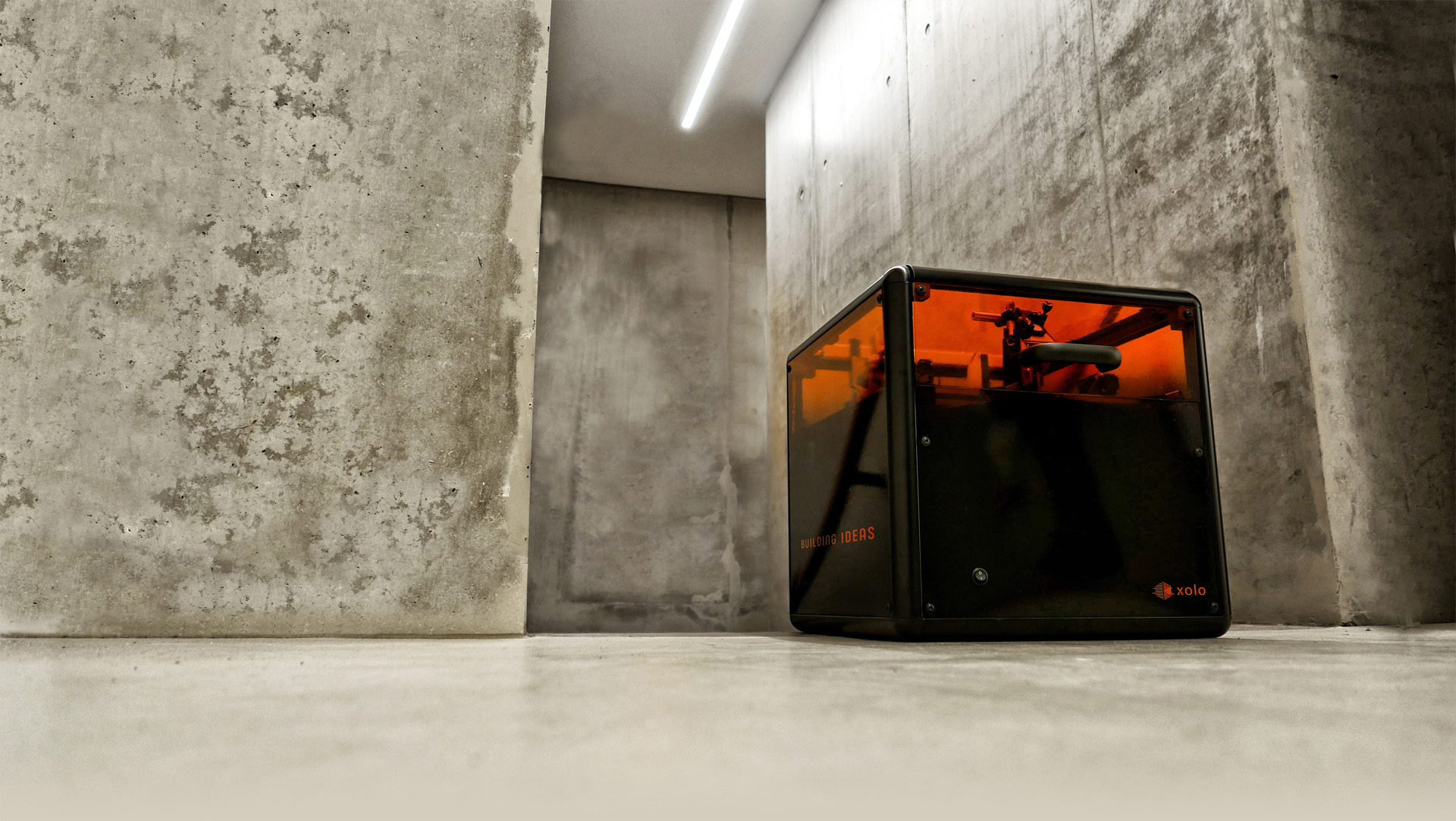
Together with the Dresden University of Technology (TU Dresden, Germany) and the Brandenburg University of Applied Sciences (Germany), the Berlin-based start-up Xolo has designed a new kind of ‘volumetric’ 3D printer. The ‘Xube’ prints an object not layer by layer like a classic 3D printer, but in one go by using a laser, hologram and synthetic resin.
The Germans have dubbed their technical invention ‘Xolography,’ the workings of which are described in the scientific journal Nature. A volumetric 3D printer makes use of a laser that projects an object into a space. This is where it is then shaped with synthetic resin. This makes the printer faster but also more accurate than conventional 3D printers, according to the researchers.
Competition
Xolo is one of the few companies working on this technique. The most well-known competitors are the Lawrence Livermore National Laboratory and UC Berkeley. Both are still in the experimental stage.
The reason for this is that the technique might sound simple, but is extremely complex. This is because a perfect balance has to be found between the optical system (the laser), the chemical ratios and the temperature at which the synthetic resin is heated.
For academics
So far, you cannot really call the Xube a commercial product. It is only for sale to – or more accurately, it can be ordered by – researchers and academics. This is a way that Xolo aims to further perfect the machine.
The most distinctive feature of the Xube is the speed at which it is capable of printing. According to Xolo, the time is somewhere between 20 seconds and five minutes. By comparison, a classic 3D printer needs about 90 minutes for a standard 90mm object. If the Xube can do that in five minutes, then that is exceptional to say the least.







